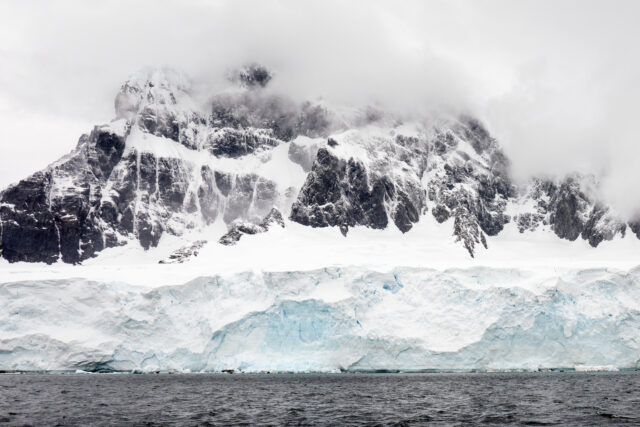“When one drills through the sediment of Antarctica’s many lakes, the core of that sediment tells us many stories. You get a reconstruction of history going back millions of years,” says Dr Ravichandran, Secretary, Earth Sciences. Talking to StratNews Global, he said India was then a part of Antarctica, called Gondwanaland. So identifying which part of India formed part of the ice continent will help unlock that climate history, and understand if there is a connection with tropical weather systems like those in India.
Dr Ravichandran, confirmed that preparations are underway to dispatch the 40th Indian expedition to the ice continent. The team of about 50 people leaves in November and will stay there for a year.
“Understanding climate and weather patterns is the main purpose of going to Antarctica,” he said “and of course whether there is any connection between the tropical and Antarctic weather.”
Any commercial spinoffs from so many years of studying the ice continent?
“Antarctica is not really meant for what is termed commercial purposes,” he said, “although it also includes the Southern Ocean which is the largest ecosystem in terms of protein, Antarctic Krill for instance, a crustacean found in large swarms in these waters.”
India is entitled to a share of krill but because of a poorly developed fishing industry, is not able to take advantage. Norway, Japan and China are the leading nations when it comes to harvesting krill.
Fungi found on the ice continent are also of use in the pharma industry. A molecule may find use in the treatment of tuberculosis.
Antarctica is an international collaboration, Dr Ravichandran emphasized. India has two stations Bharti and Maitri, Russia is a neighbour and for many years the two countries scientists have worked together. There’s an ongoing collaboration with Norway, and Japan was a collaborator some years back.
This time, Indian scientists will work with British scientists on sediment drilling and hope to drill to depths of over 150 metres.
“If you drill to 100 metres you will get only that much of history,” he said, “but if you go down 1000 metres, there’s that much more information you will get. Just for context, Antarctica has a depth of around three kilometres.”
It’s important to note that India is based in eastern Antartica and the weather patterns here will differ from other parts of the ice continent. So data is shared with the stations of other countries in western Antarctica and elsewhere.
Weather aside, Antarctica provides a useful location for studies in microbiology, in biogeochemistry and cold biology. It’s also important for space weather studies. The studies here could give an impetus to broader research focusing on Antarctica, the Arctic and the Himalayas.
Dr Ravichandran admits that geopolitics explains why there is so much interest in the ice continent. With some projections that the summer months in Antarctica will be ice free, this has implications for the movement of goods by sea. Add to that vast reserves of oil and gas and the question as to how to exploit it in the most sustainable and environmentally friendly manner possible.
















